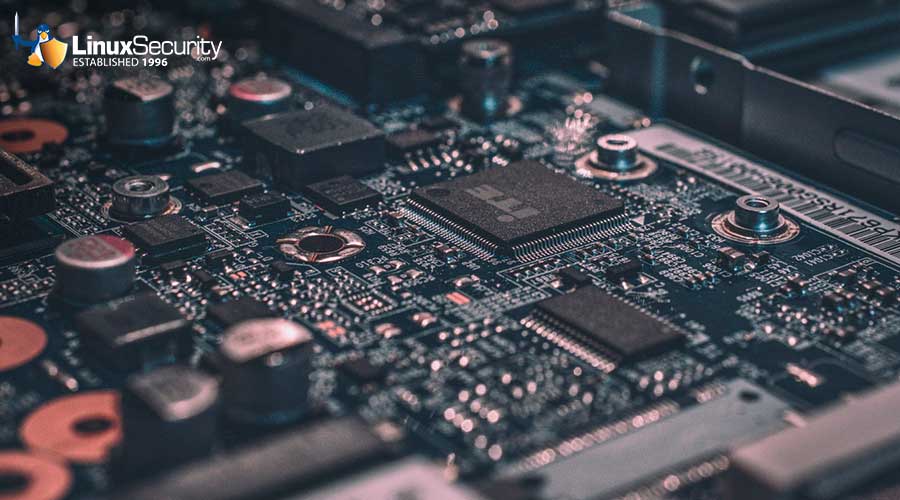Linux Kernel 6.7 Released with Various Security Improvements

The release of Linux kernel 6.7 introduces various security features and updates. One notable improvement mentioned in the article is the update to the crypto subsystem, which focuses on reducing the use of insecure and obsolete crypto hashing algorithms. Removing SHA1 support for signing kernel modules or importing X.509 certificates and eliminating MD4 and MD5 hashing raises important security concerns. This highlights the Linux community's commitment to staying ahead of emerging threats and ensuring the robustness of the platform.
Another significant update is introducing the "hardening.config" profile, intended to help build a security-hardened kernel with predefined secure defaults. By activating this configuration, Linux admins can implement kernel memory permission enforcement, address space layout randomization, buffer length bounds checking, and other security tunables. This feature saves time and effort for system administrators, as they don't have to tweak all these settings manuall y.
y.
Landlock is an unprivileged application sandboxing feature that now expands its capabilities beyond file-system access controls to include networking. As an LSM, Landlock introduces access rights for TCP socket bind() and connect() system calls, allowing for more granular control over communications. This update opens up possibilities for tighter network security controls and can benefit systems that require strict network restrictions.
One aspect that raises questions is the PE header generation changes in the x86/boot module. The restructuring of the PE header aims to improve system security, but we need to consider the long-term consequences. Will there be compatibility issues with existing systems and tooling? Will this change impact the performance of the Linux kernel on Windows systems? These are potential implications that need to be thoroughly evaluated.
Additionally, support for NVIDIA's GSP firmware in the Nouveau open-source graphics driver, enhancements to file systems like Btrfs, and updates to file systems such as EXT4, F2FS, and exFAT are notable changes in the 6.7 kernel. Including new hardware support, architecture improvements, and updates to security measures like AppArmor demonstrates the continuous evolution of the Linux kernel.
From the perspective of security practitioners, the release of Linux kernel 6.7 emphasizes the importance of keeping the operating system up to date. As security threats evolve, staying on older kernel versions, like the deprecated Linux 4.14 series, can expose systems to potential vulnerabilities. Linux admins and sysadmins should consider upgrading to newer long-term supported kernels with extended support and the latest security enhancements.
Our Final Thoughts on the Linux Kernel 6.7 Release
In conclusion, the release of Linux kernel 6.7 brings significant security improvements that cater to the needs of Linux admins, infosec professionals, and internet security enthusiasts. The updates to the crypto subsystem, the introduction of the hardening configuration profile, and the expansion of Landlock's capabilities demonstrate the Linux community's continuous effort to enhance security. However, it is essential to consider the long-term consequences of changes like the PE header rework and ensure compatibility while striving for better security. Overall, staying up to date with the latest kernel versions and security features is crucial for security practitioners in maintaining a secure and robust Linux environment.
Be sure to subscribe to our Linux Advisory Watch newsletter to stay updated on the latest Linux kernel vulnerabilities and mitigations impacting your systems.






















